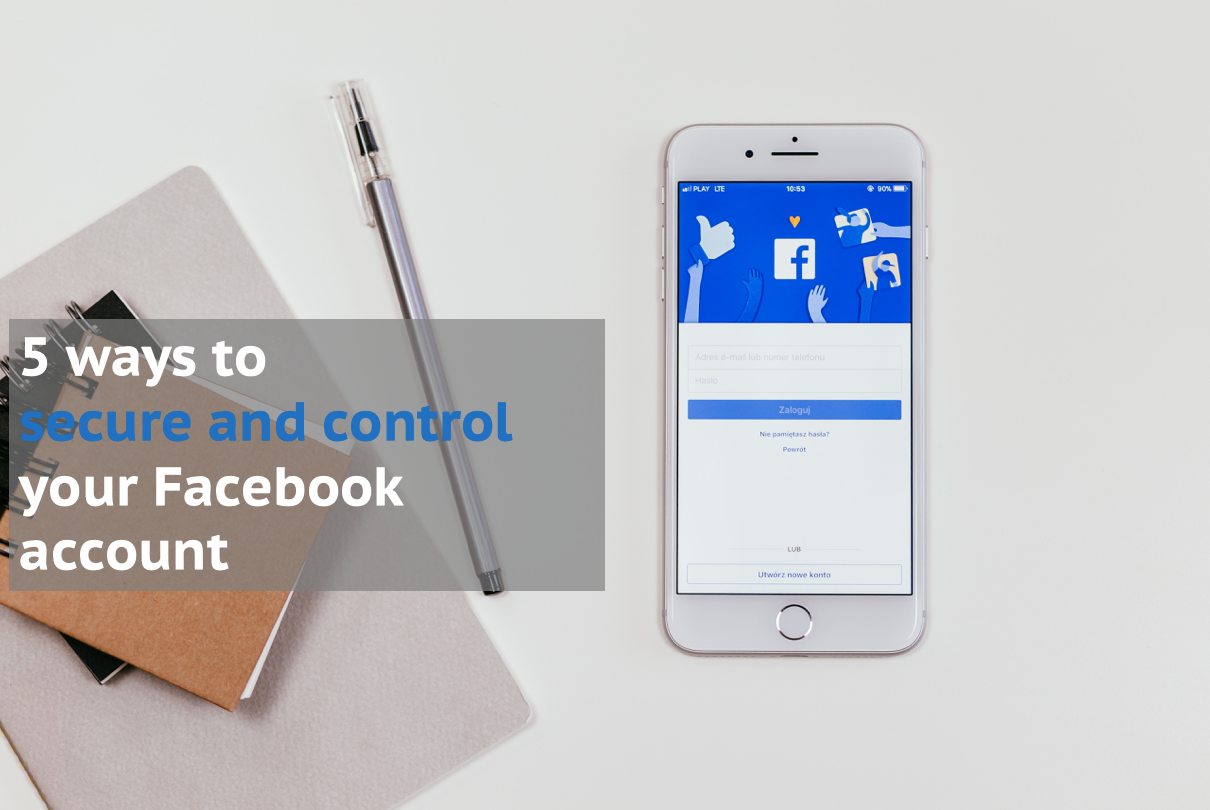5 ways to secure and control your Facebook account

TL:DR: Facebook is taking steps to improve its services and better protect its users. Artificial intelligence (AI) is key to these upgrades to the social media platform. We also highlight 5 tips to secure your Facebook account and control how your data is used.
“Move fast and break things” might have been a suitable mantra for a fledgling social media company seeking to connect people across the globe with technology. But as Facebook has discovered, things like trust, once broken, can be difficult to piece together again.
With the Cambridge Analytica scandal and the furore over alleged election interference still fresh in the minds of the general public, Facebook has been scrambling to assure its consumer base that it is taking steps to improve its platform and keep its users safe. One technology that Facebook is leaning heavily on is artificial intelligence (AI), said Dr Norberto Andrade, privacy and public policy manager at Facebook.
“Facebook is all about giving people the power to build community and to bring the world closer together… AI is deeply connected to that mission,” noted Dr Andrade, speaking at the EmTech Asia 2019 conference held from 21-23 January at the Marina Bay Sands Expo & Convention Centre.

AI @ Facebook
Given the massive number of Facebook users and their interactions on the social media platform, manual policing of undesirable or suspicious online activity is unfeasible in the long run.
This is where AI is being used to monitor and flag violations to community standards, including content relating to graphic violence, adult nudity and sexual activity, terrorist propaganda, hate speech, spam and fake accounts, Dr Andrade explained.
“To give you an example, in the third quarter of 2018, we removed three million pieces of terrorist propaganda, and 99.5 per cent of that content was actually flagged and identified through our AI system before any user on Facebook actually reported it,” he said.
Facebook is also investing heavily in AI research to address “important issues surrounding AI, such as fairness, privacy, safety and transparency,” which could eventually result in greater user protection on the platform.
Meanwhile, Facebook is using AI to become more inclusive. Natural language processing, a subfield of AI, is helping to automatically generate translations for Facebook posts. For the visually handicapped, AI-assisted computer vision is enabling what Dr Andrade calls “organic alternative texts”, recognizing and identifying objects, concepts and actions in photos and feeds to produce an audio description.
Winding down the discussion, Dr Andrade emphasised that AI development at Facebook is a cross-functional process, involving programmers, privacy advocates, data scientists, academics and other influential stakeholders. Diverse teams are also crucial for avoiding and mitigating biases in AI systems, he added.
“There's a shift in the company to look and take our time in assessing the broader implications of our products… So it's not always about moving fast… [we want people to] understand that we are a company that is invested in ethics,” Dr Andrade concluded.
Build your own Facebook rule book
If you’re an AI sceptic and prefer a more hands-on approach to safety and privacy on Facebook, here are 5 settings you should pay attention to.
1. Facebook permissions
More than 95 per cent of Facebook users worldwide use the social media platform via their smartphones. When downloading the mobile app, you may have granted Facebook access to your smartphone’s camera, calendar, microphone and GPS, among other functions. To change these settings, press and hold the app icon > select ‘App info’ > select ‘Permissions’ > uncheck permissions that are not relevant to you.
2. Third-party apps
For convenience, many third-party applications allow you to log in using your Facebook account. This grants the third-party app developer access to information such as your user ID and preferences. However, if you no longer use those apps, it may be wise to de-link your Facebook account from them. It’s easier to do this on your desktop or laptop browser: go to ‘Settings’ > select ‘Apps and websites’ > select applications to remove.
3. Ad settings
Facebook’s AI is also used to send targeted advertisements to users. Should you find some ads annoying rather than helpful, click on the ‘Ads’ tab within Facebook settings on your desktop or laptop browser. You can then adjust your ad preferences, including your interests, and previous advertisers you’ve interacted with, and even decide whether Facebook can send you ads based on sites you visit off-Facebook.
4. Notifications on unauthorized login
We’ve all received that odd message from a friend whose Facebook account has been hacked. For that to happen, the impersonator would have had to log in from another device or location. To be immediately alerted about an unauthorised login to your Facebook account, head to the ‘Security and login’ tab within Facebook settings and turn on notifications for logins from devices or browsers you don’t usually use.
5. Set up two-factor authentication
This final measure should apply to most if not all your online interactions. Wherever two-factor (2FA) or multi-factor authentication methods are available, enable them. Turn this function on in the ‘Security and login’ tab within Facebook settings and select from two different 2FA methods.


